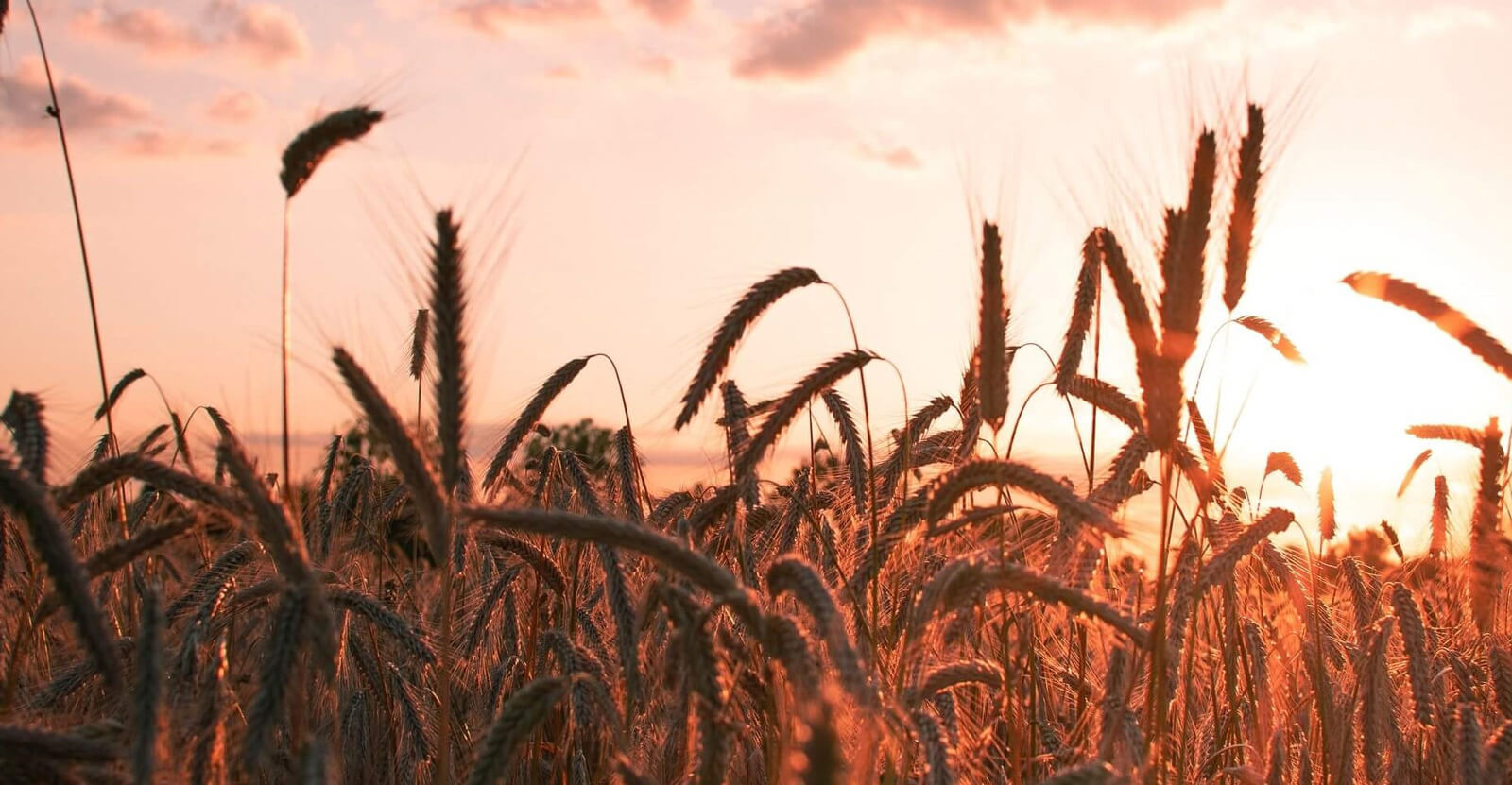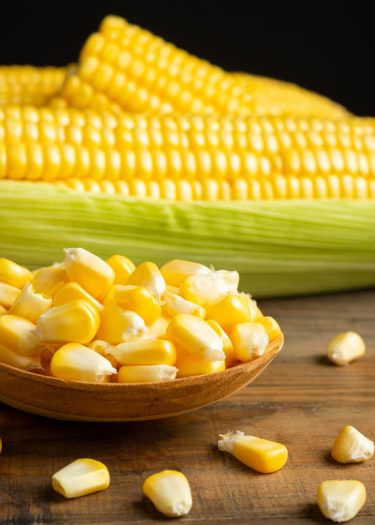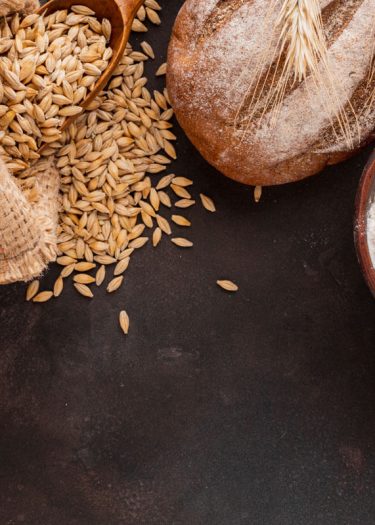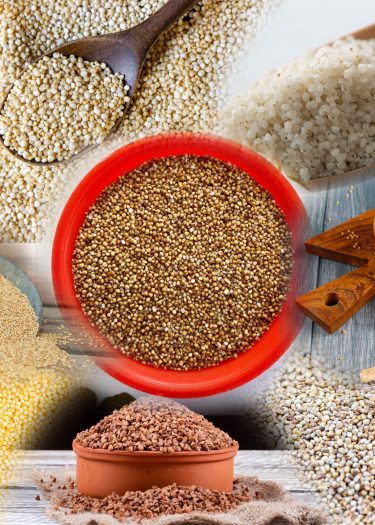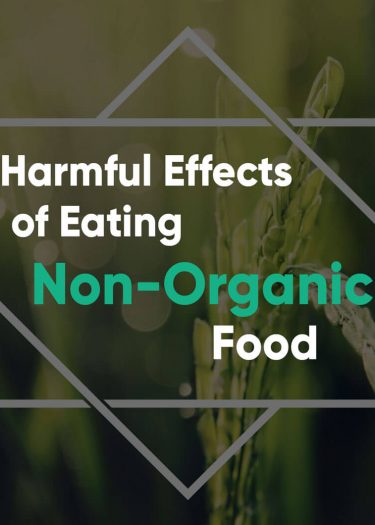Back then we did not know what organic was. Because we did not know any other way of doing things. Those were healthier times.
The farmers grew food and not the scientists.

Remember Old MacDonald who had a farm? O ya O ya O!
Back then, everybody lived like him with dogs and cows and crows and cats and frogs and snakes. The animals loved the farms just as the farms loved the animals back. Each had a huge role to play. They ate all harmful pests that damaged the crops and the farms gave them food and water, in return. It was a mutual love affair that kept each other healthy and happy.

The farmers hardly ever needed anything from outside for their farm.
- The seeds came from their previous harvest.
- The manure was made of cow dung and dry leaves; both were available in plenty on their land.
- There were hardly as many pest attacks back then which the farmers removed manually.
- There was no demand for any store bought pesticide and the only thing that came from outside, were the laborers.
Farming may not have been too profitable but the self reliance of organic farming kept them out of debt. And even though, the low income families did not have much produce left to sell in the market, had enough food to survive.
All this was true until a few years after our Independence.
The new government had several starving stomachs to feed and was importing grains into our country. To end this food insecurity, scientists invented seeds in labs that had the power to solve all hunger.
Since then scientists grew seeds that the farmers would grow on their farms which everyone would eat.
Also read about: Why Should We Focus More on Organic Farming?
This marked the beginning of inorganic farming and the end of the happy and healthy traditional farming.
One day, word spread about this upcoming hybrid seed variety that promised a ten fold yield. Like wild fire, all farms started growing hybrid crops.

The yield was ten times more just like they were promised. But there were hidden costs nobody had spoken of. The hybrid seeds opened the farms to store bought fertilizers and pesticides. The seeds demanded too much water and started emptying their ground water. Regardless of the type of land, the ground water levels or the climate, hybrid seeds had taken over all farms.
But the seeds were only good for a single harvest. The poor farmers like before, tried saving the seeds for their next cultivation but the yield was too less.
The new seeds were useless without the store bought fertilizers and pesticides and lots and lots of water. All this made inorganic farming terribly expensive. And slowly low income farmers stopped farming, began renting out their farms to others and eventually sold them off. But nobody thought of going back to the natural way of farming.
Farmers no longer have any seeds left from their organic days and we have we have lost thousands of local varieties of rice and other crops, today. And our diet too has changed drastically which is lacking in nutrition that the earlier diet used to offer.
Our land now needs to heal and regenerate all its lost nutrition and moisture which was stolen by inorganic methods.
Although, today, only 2% of our lands cultivate organic food, people have started talking about it. It is a long way but efforts are being made towards that direction. The more people talk about it, the faster will be the change.
